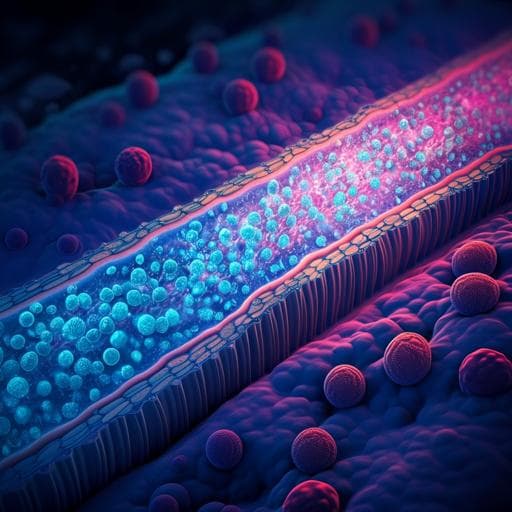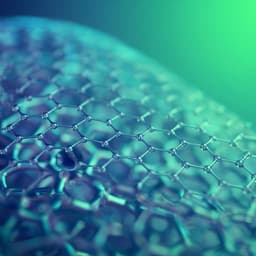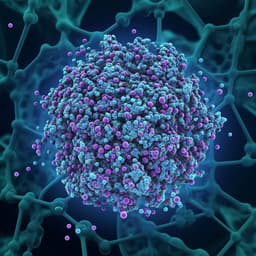
Engineering and Technology
Tuning polyamide membrane chemistry for enhanced desalination using Boc-protected ethylenediamine and its in situ Boc-deprotection
H. Ahmad, A. Waheed, et al.
This innovative research conducted by Hilal Ahmad, Abdul Waheed, Fahad Ayesh Alharthi, Christopher Michael Fellows, Umair Baig, and Isam H. Aljundi unveils a groundbreaking approach to enhancing polyamide membrane desalination performance. By integrating Boc-protected ethylenediamine into membrane fabrication, the study achieves remarkable salt rejection and flux rates, promising better desalination solutions for the future.
~3 min • Beginner • English
Related Publications
Explore these studies to deepen your understanding of the subject.







